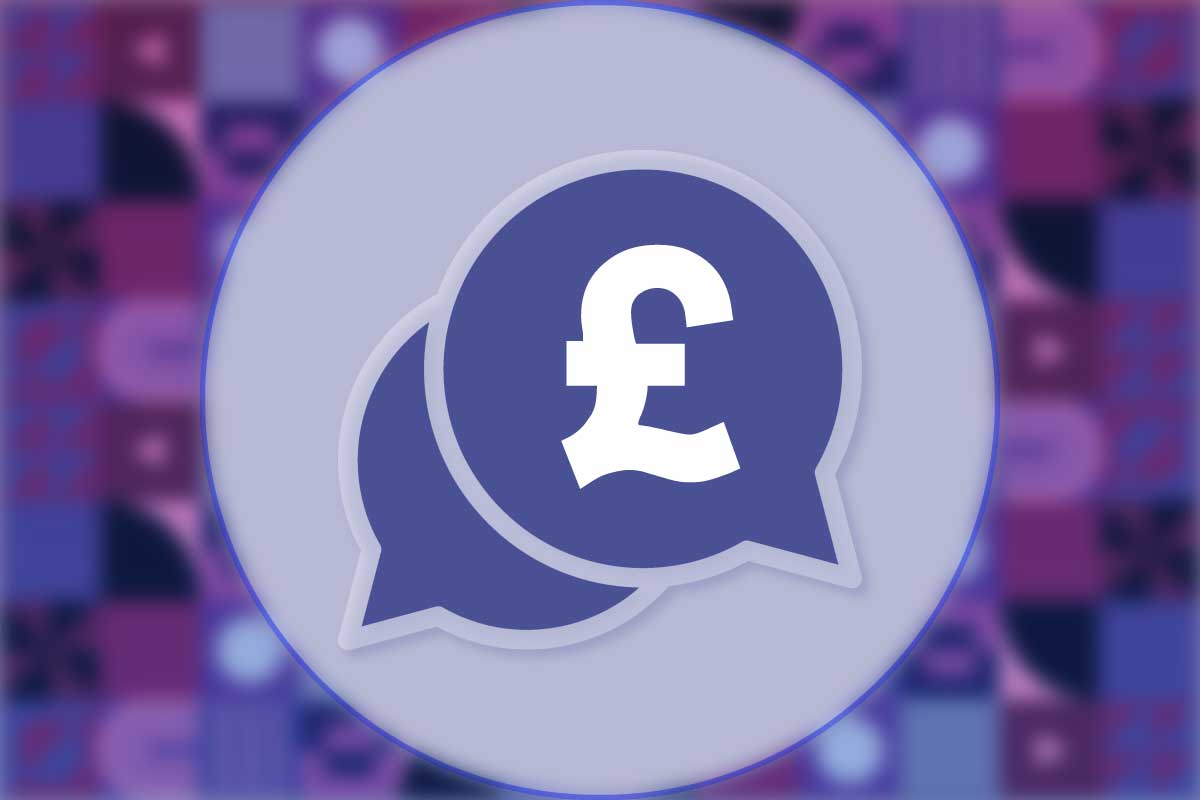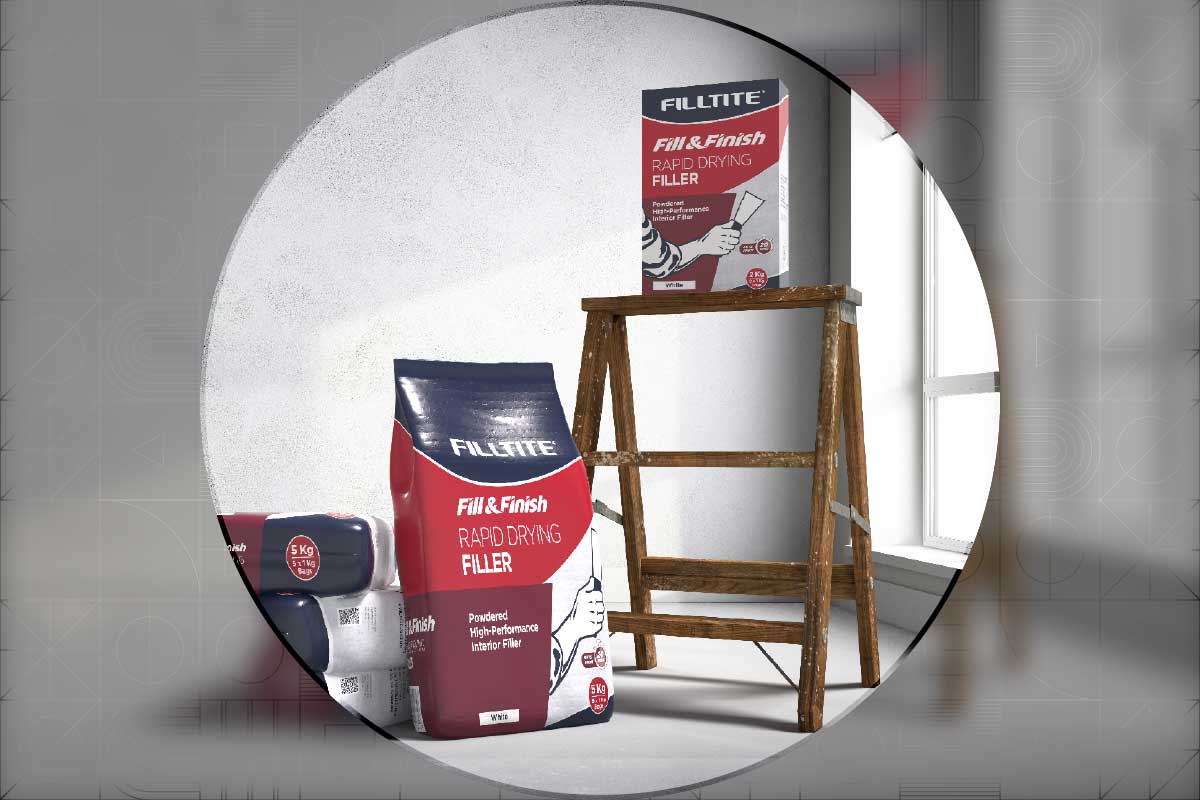Are you about to share your requirements for an important marketing project to an agency or freelancer? Then take a moment to write a creative brief, because you definitely won't regret it. In this guide we'll explain why you should always produce one and give you some guidance about what to include.
What is a Creative Brief?
Before we explore how to write a creative brief, firstly let’s answer the question what is a creative brief? Creative briefs are basically the foundation for any well executed innovation or marketing project. Producing a good creative brief is essential for making sure everyone involved clearly understands what you want. It doesn’t have to be complex but writing one should always be the first thing you do.
Design Blueprint.
When you write a creative brief, think of it as a blueprint. One that’s designed to offer your creative partners a clear understanding about how you see the project. What you’re hoping to accomplish, the audience you’re trying to reach and the voice in which you’d like your messages delivered.
Writing a Creative Brief.
It doesn’t matter what you’re commissioning. If its graphic design work, website design or digital marketing, then your creative brief should be concise enough to occupy just a single page. However, it’s important that it includes enough detail to ensure that everyone’s on the same page.
Establish Clear Guidelines.
Establishing clear guidelines from the outset will form the backbone for efficient collaboration between you and your creative partners. After all, if you’re spending time and money to commission a piece of work, then it’s important to ensure that everyone can deliver efficiently.
Inspire Collaboration.
Your final brief can be as open or as rigid as both parties are comfortable with. But the best creative briefs outline a framework within which the creatives are given jurisdiction to add value. By being creative!
Keep in mind that your creative brief isn’t meant to be written and then left stagnant. At the beginning of a project, it’s the starting point for inspiration and conversations with the creatives. During which the document can evolve as the requirements continue to be scoped and tweaked.
What to Include in a Creative Brief.
Knowing what to include in your creative brief will save you time. Sometimes clients approach us with an existing creative brief. However when they don’t, we always collaborate with them to develop one. Including more detail will deliver better results, but a good brief will always answer four basic questions:
- What’s the project?
- Who’s it for?
- Why are we doing it?
- What’s the objective?



















